Have you ever seen “The Godfather Part III?”
Be honest.
Have you ever sat through the whole thing?
I didn’t think so. (I watched it back in the day, but that was a long time ago.)
Well-before Sofia Coppola became known as the director of such films at “The Virgin Suicides,” and the excellent “Lost in Translation,” she appeared as a vastly under-qualified actress, playing a lead role in the final film in her father’s trilogy.
Sometimes, as Americans, I don’t think we grasp the reach of our culture. Our cinematic and television history has impacted kids growing up across the planet.
Take Norway, for instance.
I’m currently binge-watching the brilliant “Lillyhammer” on Netflix, starring all-time great Jersey guy Steven Van Zandt, also known as Little Steven from Bruce Springsteen’s E Street Band, and as Silvio throughout the entirety of “The Sopranos.”
Like his buddies Bruce and Jimmy Iovine, he’s become a full-fledge superstar in his own right.
I’ll spare you any further, in case you want to catch up, but there are Sopranos and Godfather references sprinkled throughout, even though the entire production was Norwegian, beyond Mr. Van Zandt. (Who also served as writer and producer.)
But back to my original question.
The reason you have likely NOT watched “The Godfather Part III” is that before the internet, someone mentioned that they heard from their cousin that it was long and terrible. (Or maybe just terrible.)
“The Godfather Parts I and II” are rightfully known as masterpieces of 20th Century Art.
They were as good as the medium of celluloid cinema can get.
So why make Part III?
Sometimes, you’ve got to know when to quit, people. You want to leave the stage while they’re still screaming your name.
(Bruuuuuuuuuuuuuuuuuuuuuce!)
That’s what I came away feeling, having just put down the extremely interesting, and for-the-most-part excellent new “Dear Shirley,” by Hinda Schuman, recently published by Daylight. (Quick shout out: Daylight often makes risky design decisions, and I like that.)
“Dear Shirley” begins with two essays that set the scene, so it doesn’t want you to go in blind, context-wise. I respect the decision to include or elide context, (depending on the book,) but in this case, I appreciate the heads ups by Sunil Gupta and Magdalena Sole.
Part 1, also called “Dear Shirley,” is a masterful project. It’s dynamite, and speaks to us from the front lines of the identity politics wars of the late 70’s and early 80’s, as ethnic, racial and sexual minorities fought to claim space in America.
I know the Pictures Generation taught us to question reality, but the diaristic letters to the off-screen Shirley, (like Vera from Cheers,) seem real to me. And the pictures line up with a narrative of a young, gay, Jewish woman who marries a man in Vermont in 1971.
By 1978, they seem to be experimenting with an open relationship, but really her husband is slowly falling in love with Nancy, and pushing Hinda out.
She finds love with Susan, and their relationship grows, suffers setbacks, and ultimately seems to prevail. We learn this from the many letters in the book, all to Shirley, until they’re not.
There are many nude images, frankly, and I can’t photograph them for you, as we’ve maintained a SFW policy in the column for years. But they’re strong, and I like the inclusion of contact sheets along with the staged portraits and few landscape establishment shots.
It feels real, and I trust it to be real, even though perhaps I should question it.
Part 1 seems to end in 1988. And design-wise, I think use of text-printed vellum, in small see-through blocks, was successful. (If risky.)
My only “but” with this book, if you’re sensing a “but” coming, is that I think Part 2, “A True Story,” is not very good. I get why it’s there, bookending life, but the quality difference between the two series is way too big to ignore.
The former images were technically astute, artistically composed black and white photos, and the accompanying writing was taut in every way.
Every single thing felt necessary.
The color pictures seem to have been shot with a not-very-good digital point and shoot, and the writing evokes bad high school poetry. Colors and compositions are off, and the entire technical competence is called into question.
But then the biographical text at the book’s end made me reevaluate the story, as my certitude that Part 1 was “true” was called into question by the seemingly false narrative of Part 2.
“A True Story” suggests that after a time together, or perhaps after a reunion, Hinda and Susan get a divorce late in life. Their love story ends, and heartbreak is the predominant sentiment.
But that blasted epilogue heavily suggests that the two women are happily married and still deeply in love.
Which is it?
I’m betting that Part 1 is “real,” and Part 2 is “fake,” but I can’t say I’m sure.
Can a book end on a riddle?
Can a book review end with a question?
Bottom Line: A fascinating look at coming out in the 80’s
To purchase “Dear Shirley” click here
If you’d like to submit a book for potential review, please email me at jonathanblaustein@gmail.com. We are particularly interested in submissions from female photographers, so we may maintain a balanced program.

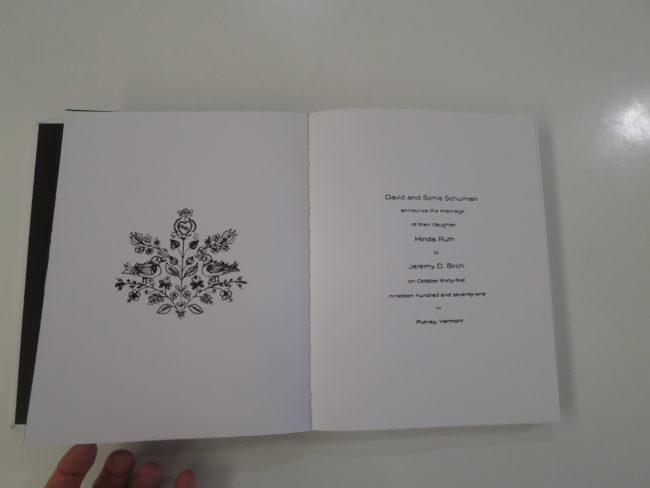

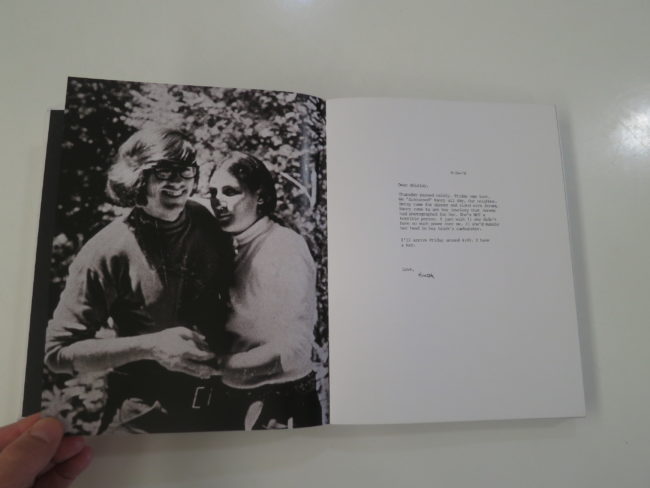
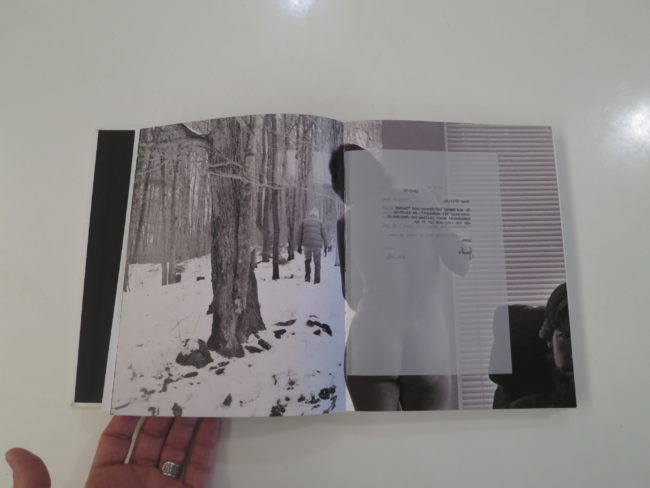
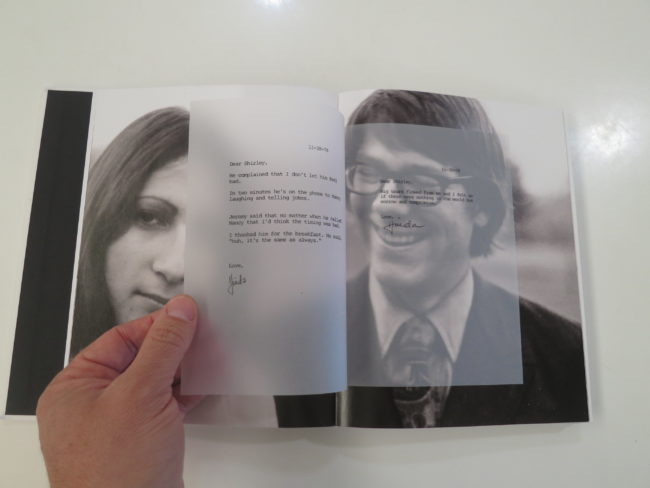
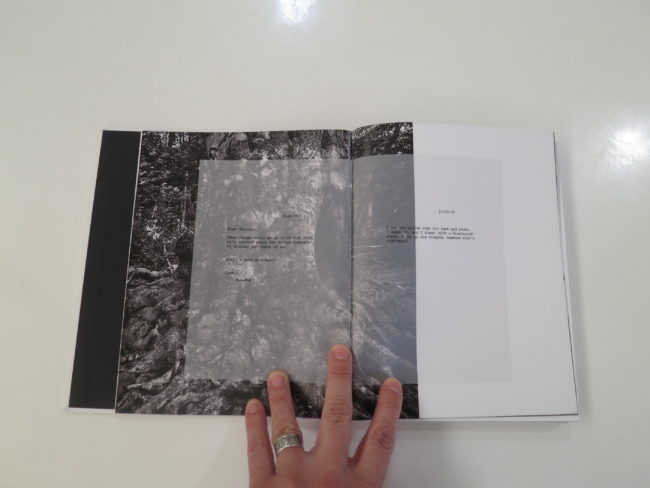
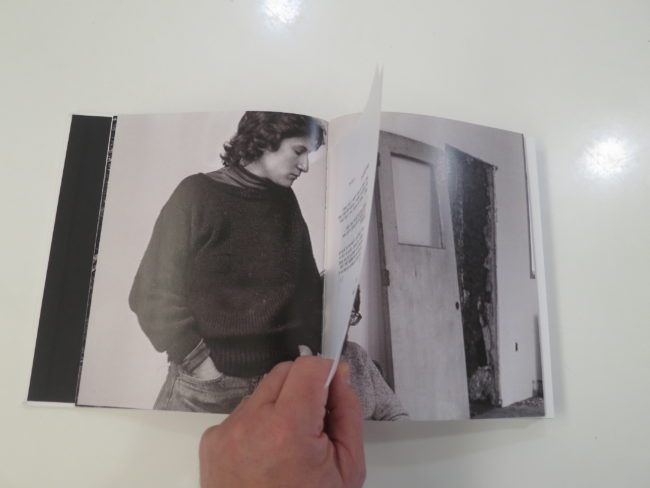
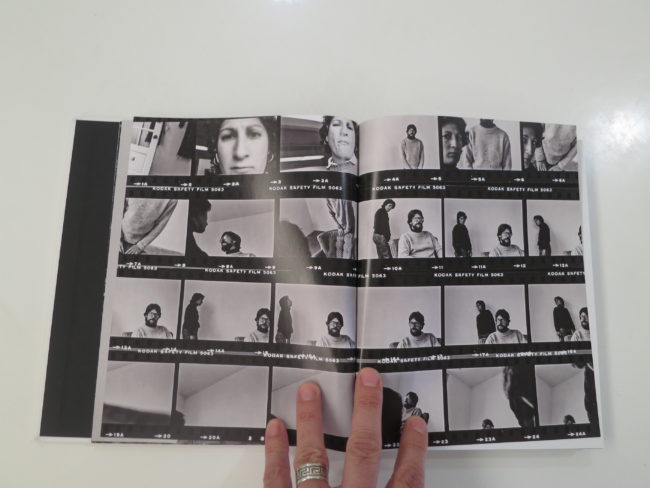
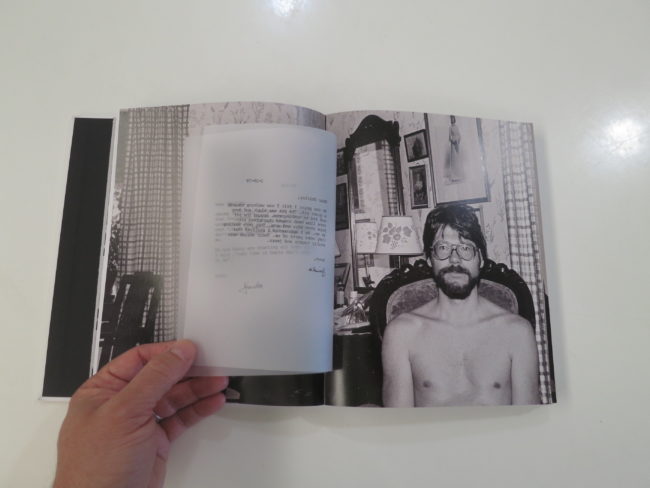
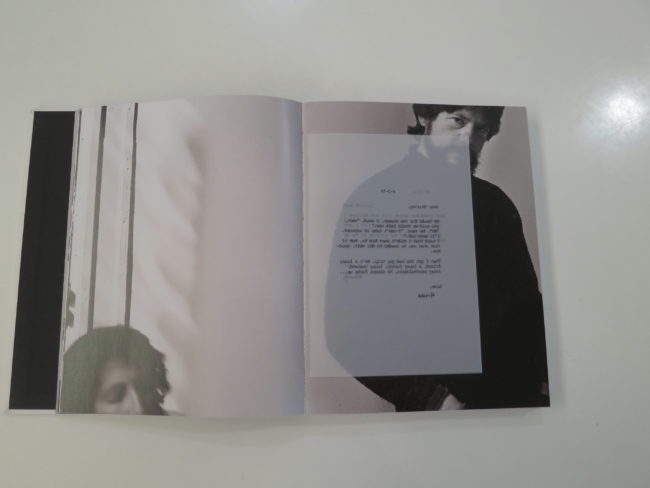
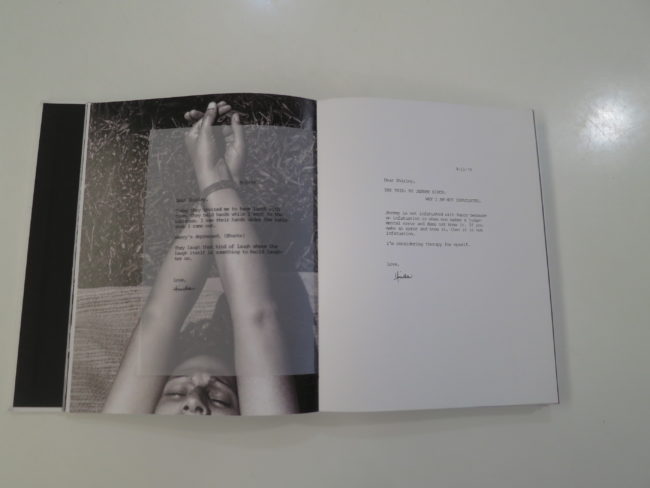

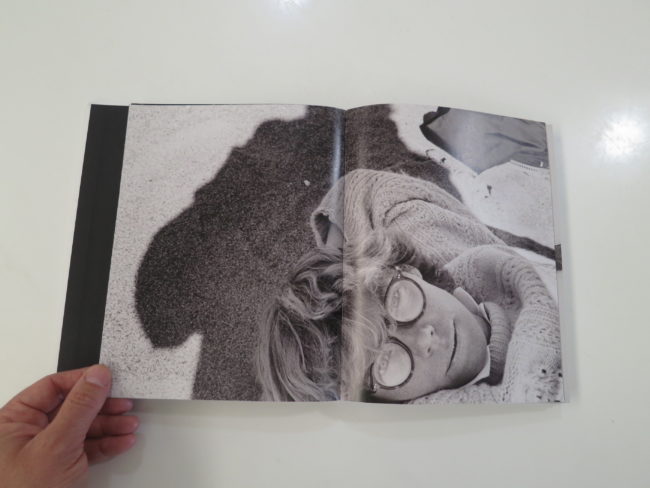
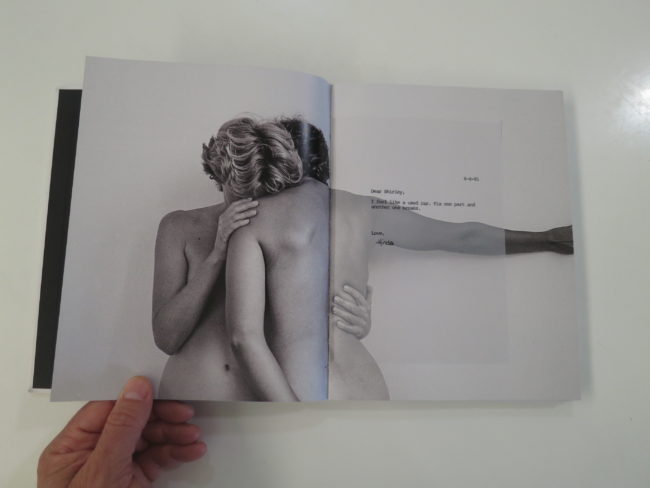


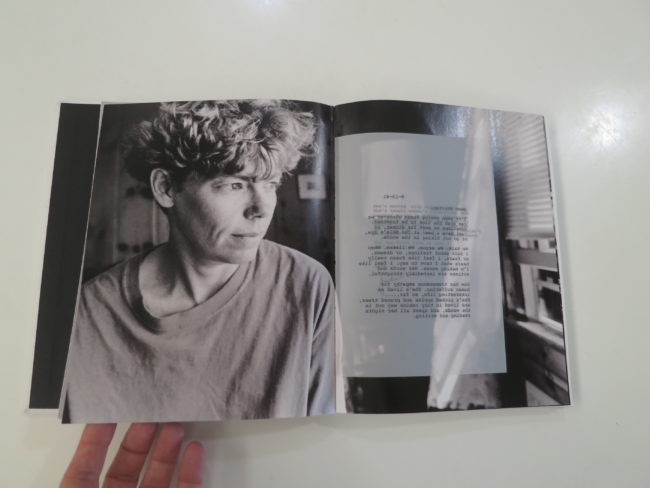



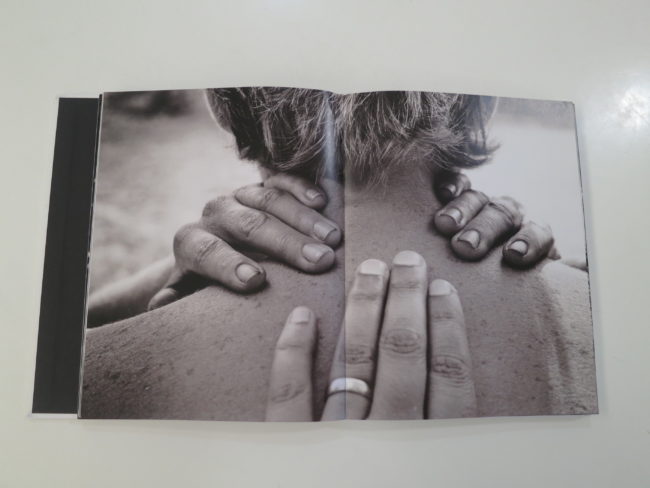
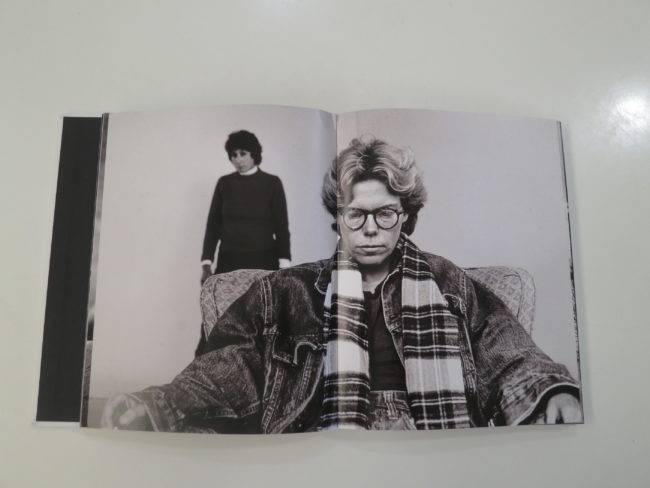

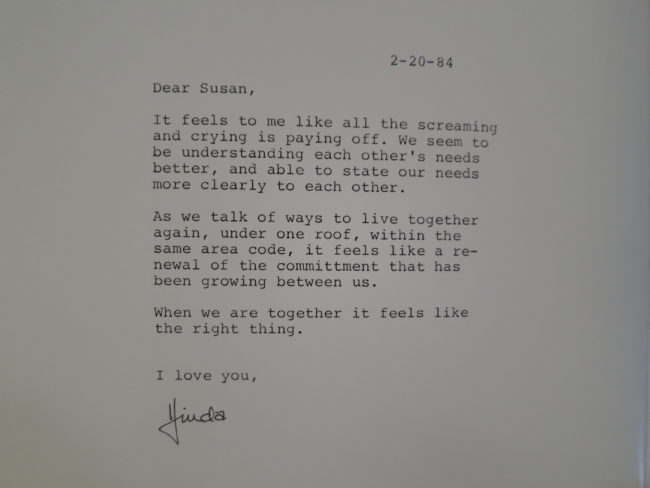
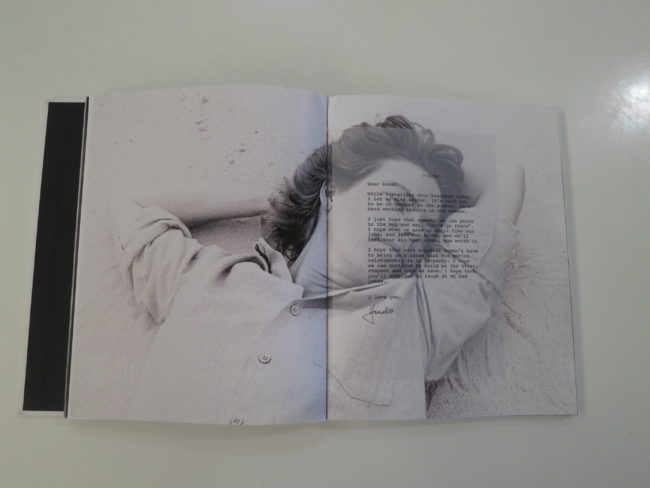

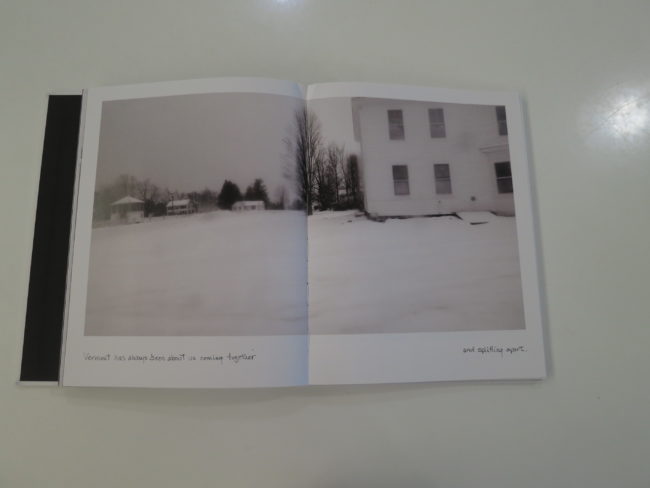
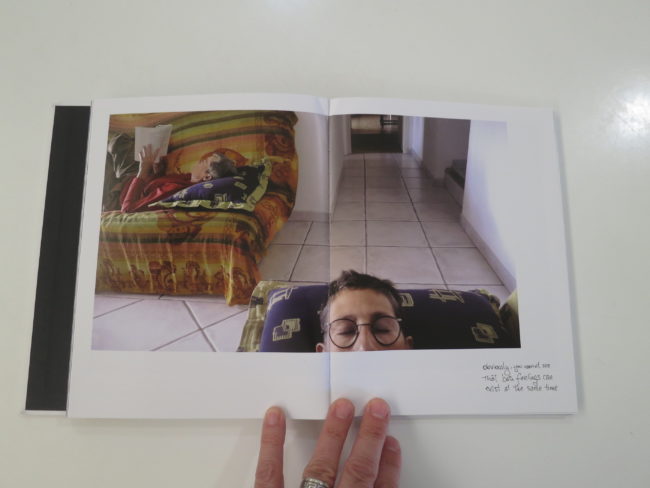
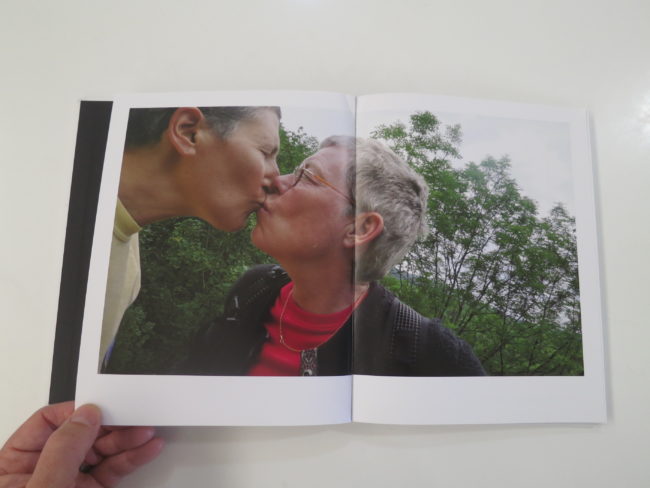
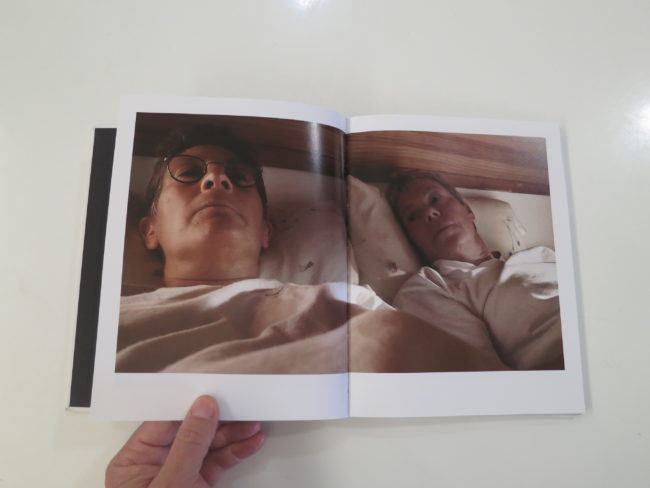
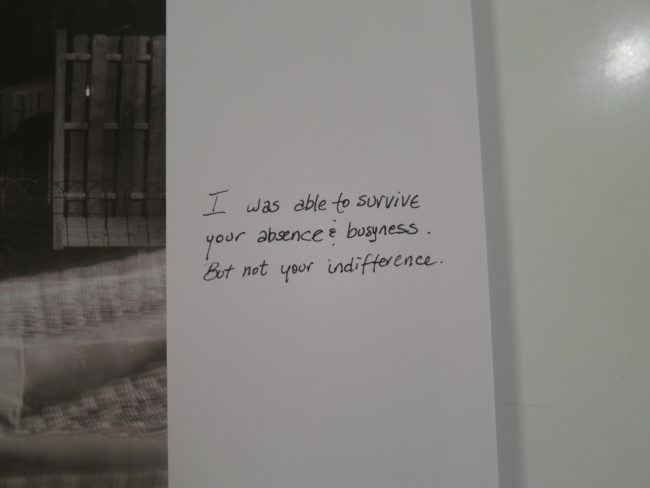
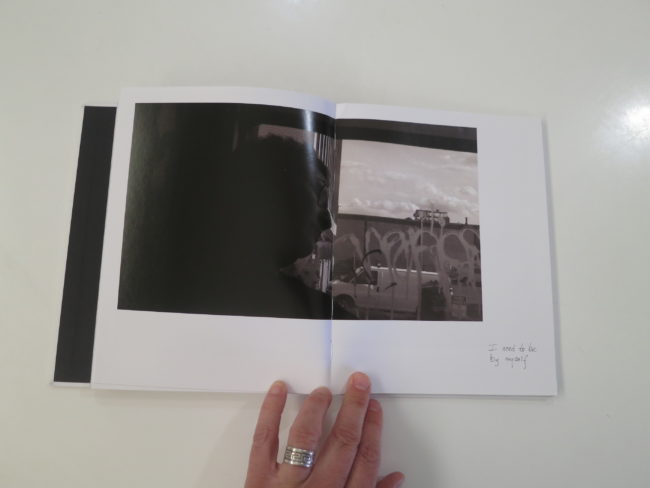
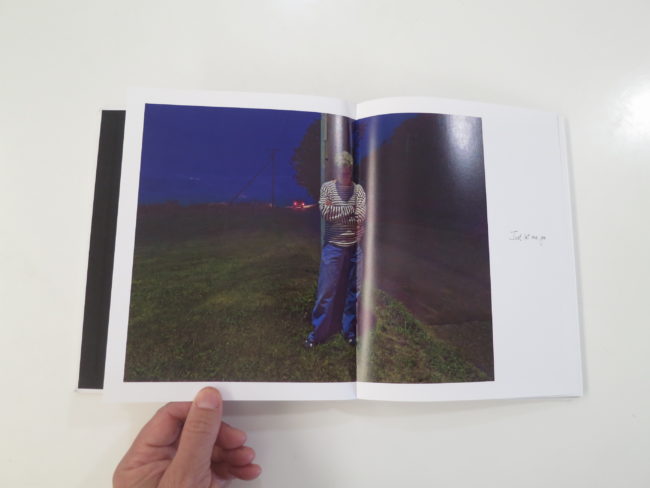
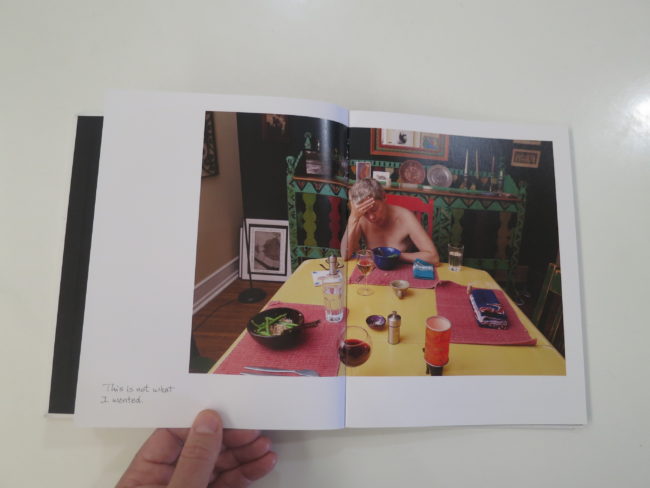

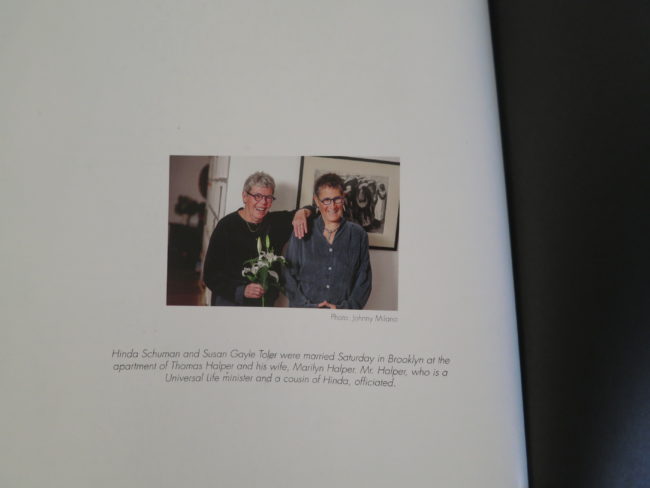

1 Comment
I actually sat through all of Godfather III, but only because I always find it rude to walk out of a movie at the theater.
Comments are closed for this article!